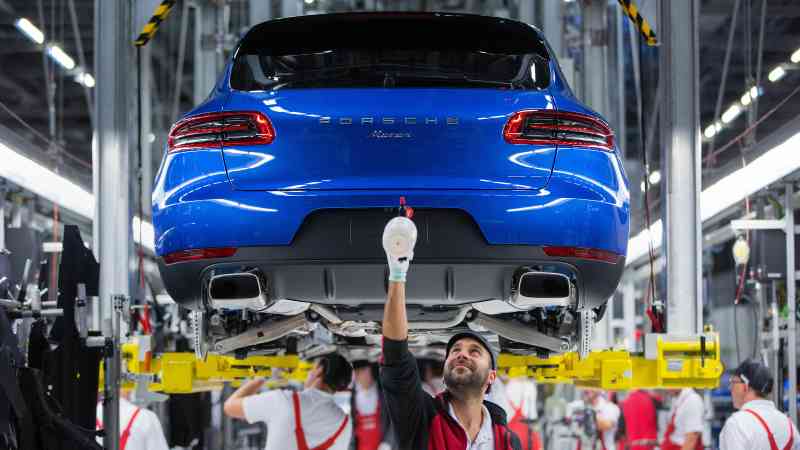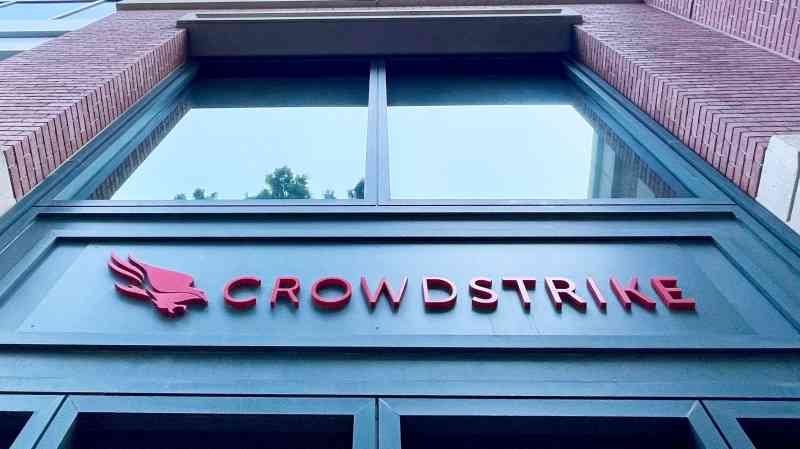Kamala Harris and Donald Trump deserve an F in economics
Kamala Harris and Donald Trump are in a fierce competition to turn a generally well-performing economy into a basket case. Harris favours price controls to end corporate greed, and massive subsidies for favoured sectors and favoured groups. Her ambitious spending plans are to be financed by raising taxes on evil, price-gouging corporations and the rich to the tune of at least $5 trillion over ten years.
Trump favours swingeing tariffs that will raise prices just as inflation is coming under control, unfunded tax breaks for seniors and tip workers — with the trillions in lost tax revenue to be made up by those tariffs, which are aimed at preventing the import of goods that would have been taxed — and more tax cuts intended to stimulate growth.
This bipartisan economic illiteracy makes it fortunate that the Federal Reserve Board’s policymakers and Jerome Powell, their chairman, remain above the political hurly-burly. They claim to be data-driven, and the data is sending an unmistakable message: the American economy is slowing or, in words that Fed policymakers find more pleasing, cooling or normalising. A few dare call it a recession harbinger, assigning probabilities of 25-30 per cent.
Start with the labour market. New recruits, down. Job openings, down. Resignations in search of greener pastures, down. Official estimate of the number of jobs added in the 12 months to March, preliminarily revised down a whopping 818,000. Salaries offered in ads for executive positions, down by tens of thousands of dollars. Expectation of being unemployed, up to a ten-year high. Unemployment rate, up. Middle-level managers and investment bankers working from home, nervous.
As are many consumers. The better-off are trading down from their favourite speciality food purveyor to Walmart, and from tablecloth dining to Chipotle (our Nando’s) and, in some cases, to bargain-priced combinations such as McDonald’s $5 “Value Meal”. Many have discovered the virtue of discounters such as Target and TJ Maxx.
But gross domestic product (GDP) was up at an annual rate of 2.8 per cent in the second quarter, twice the first-quarter growth rate, and retail sales in July were 2.7 per cent higher than last year. Expected corporate profits are 10.9 per cent better than in 2023, and business spending is up at a 5.2 per cent rate. Existing home sales and prices are also on the rise, ending their slides.
On Friday, Powell used the annual conclave of the world’s central bankers, leading macro-economists and fly-fishing devotees — about 120 in all — in Jackson Hole, Wyoming, to reveal how the Fed viewed this data trove. He admitted that the central bank had misread inflation, labelling it “transitory”, noting that when the Fed set sail “on the good ship Transitory, [it] was a crowded one,” with many in his audience on board. He then took a victory lap.
When the bankers met just two years ago, Powell pledged to tame inflation. He succeeded, cutting the inflation rate by about five full percentage points. He is increasingly confident that the economy is en route to the Fed’s 2 per cent target and a soft landing. “The time has come,” Powell told his peers, “for policy to adjust. The direction of travel is clear, and the timing and pace of rate cuts will depend on incoming data, the evolving outlook, and the balance of risks.” Translation: barring the unexpected, next month the Fed will announce a cut in its benchmark interest rate (now 5.25-5.50 per cent, by 0.25 or 0.50 per cent), part of “doing everything we can to support a strong labour market”.
Any cut will be mildly stimulative, especially in the housing market, where mortgage rates will continue to drop, but not sufficiently to make home-buying significantly more affordable. Interest rates on auto purchases will tick down, but not by enough to offset the increasing rates levied on some buyers because credit-card delinquencies (repayment more than 90 days overdue) have risen from 8.2 per cent this time last year to 10.9 per cent. The more important impacts on the economy this year will come from the November elections, and the robustness of the back-to-school and holiday spending seasons.
Democrats will claim some credit for any rate cut while continuing to deny blame for the inflation unleashed by Joe Biden’s massive spending. The height of Trump’s perpetual dudgeon will rise; he contends that any interest rate cut is a political move to shore up Kamala Harris’s campaign, which at this point doesn’t seem to need much help from the Fed. Most hard-pressed consumers remain unhappy — they see a reduction in the inflation rate merely as news that prices continue to rise, although at a slower rate. And are 20 per cent above where they were when Biden took office.
Biden, lest we forget, is the President of the United States of America and still will be for more than four months, a fact that Xi Jinping, Vladimir Putin and Iran’s mullahs have undoubtedly taken note of as they plan co-ordinated moves in Asia, Europe and the Middle East. Little wonder that investors and central bankers are engaged in a modern-day goldrush that has driven the price of a troy ounce to a record of more than $2,500.
Irwin Stelzer is a business adviser






